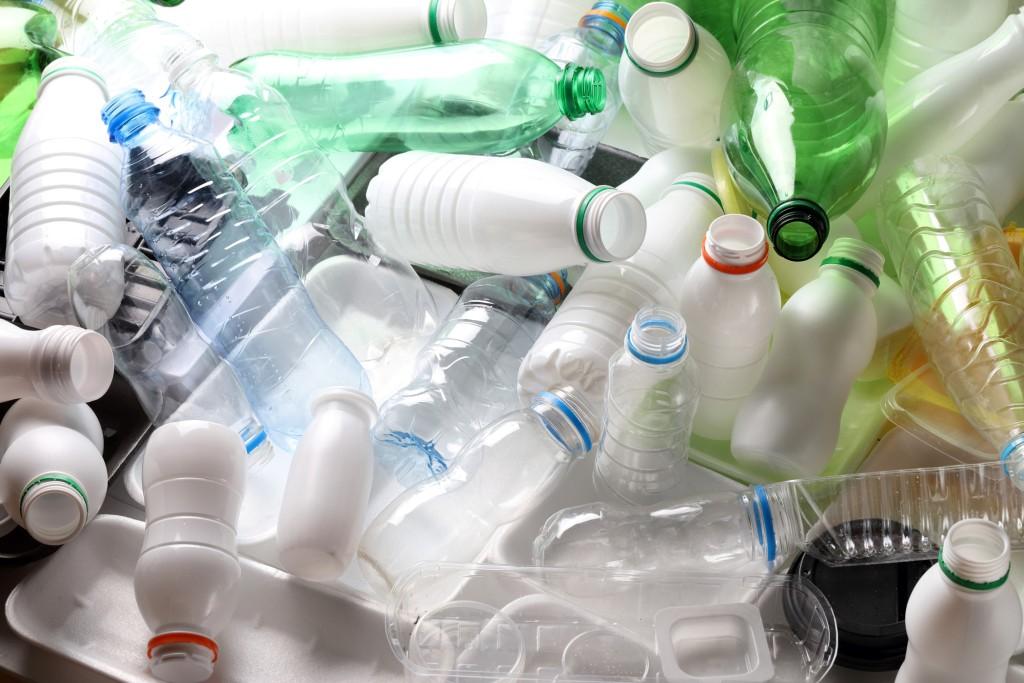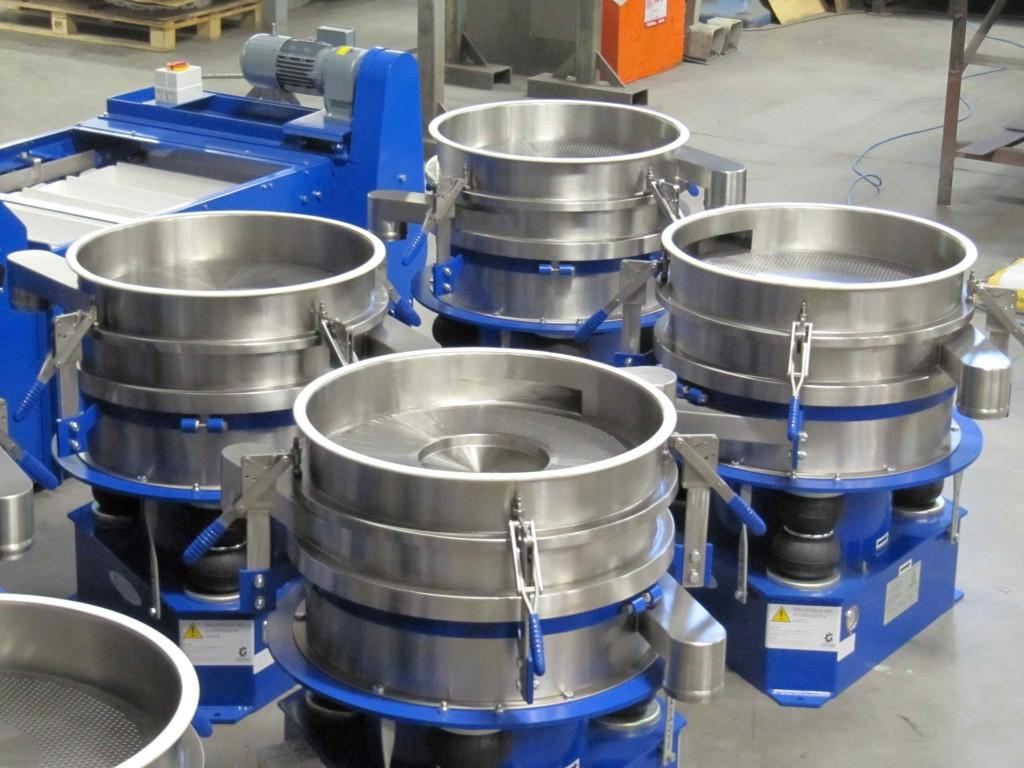29.05.2023
“Why we must invest in processing to meet recycling goals”
Stephen Harding, managing director of Gough Engineering, explains why companies must invest in processing equipment to recover and gain value from their recycled products, such as plastics masterbatch, to meet the EC’s goals.
The European Commission (EC) has ruled that EU states must reduce packaging waste by five per cent by 2030. These rules cover both packaging design and waste management. Most waste management schemes rely on mechanical recycling — a method that Greenpeace argues “will always fail” for plastics because they are “virtually impossible to sort”.
Greenpeace is right to address the shortcomings of current mechanical recycling when dealing with plastics. The organisation’s Circular Claims Fall Flat Again report also highlights that plastic recycling rates declined to about 5 per cent in 2021, down from 8.7 per cent in 2018. The report suggests that a lack of recycling infrastructure has impeded how companies deal with plastic waste.
Frankly, we agree. Today’s recycling processing centres are not equipped to deal with the influx of recycling they receive — let alone the ability to meet ambitious new targets.
What’s more, these centres must resize inconsistent shapes of various materials into a consistently-shaped final product. The answer to these challenges is to invest in shredding/granulation, sieving and sorting equipment.
Sorting products
Industrial sieves are used across almost all sectors to classify and sort products. Vibratory sieves are often used to sort raw materials such as powders and ingredients through different mesh aperture sizes, ensuring the end product is of a uniform size.
For recycling, sieves are used in a multitude of ways. A common method is to sort polyethylene terephthalate (PET) bottles. Collected post-consumer PET bottles are delivered to recycling centres to be mechanically separated from other materials and sorted by colour for specific applications or pricing.
In addition to this application, industrial sieves and screens can be used to separate everything from scarce metals in electronics, right through to elements of household and construction waste. In fact, greater investment in this kind of equipment could solve a plethora of recycling challenges — as well as reducing, or avoiding altogether, land fill charges for certain products.
A case study
Let’s look at the example of a recycling company in Norfolk, UK, that required a screening operation to separate quality classifications of glass fibres. In this instance, Gough Engineering, a UK manufacturer of sieving and screening equipment, recommended using the Vibrecon® GVC5 separator.
The system is designed to order and is used to remove fine particles, separating oversize and agglomerates and conveying between processes. Multiple screening decks can be also included in a single system to separate product into two, three or four decks.
For the recycling company, the system was supplied with two decks constructed in the stainless steel grade 304. The Vibrecon classified glass fibres at 750 kgs per hour. The top deck discharges any oversized particles, and the bottom deck is designed for easy discharge of particles that are fine or undersized, which leaves the middle deck for ejecting good material.
Using this method, the recycling centre could ensure that all particles are separated effectively. As well as recycling glass fibres, The Vibrecon circulatory vibratory separator is widely used to recycle a variety of other materials. This includes several decades of use in plastics, polymer, chemicals, powders and ingredients separation.
Consult the experts
Because there are so many potential configurations for sieves in recycling applications, it is always best to consult an expert. Gough Engineering boasts decades of experience in manufacturing bespoke sieving and screening equipment for industries around the world — including a large number of customers in the recycling sector.
In addition to bespoke equipment, Gough’s own Vibrecon vibratory screening systems differ in size for a variety of applications, starting at 610mm up to 1,630mmin diameter.
Greenpeace’s Circular Claims Fall Flat Again report is right to highlight the shortcomings of mechanical recycling in dealing with plastic waste. However, sieving and screening equipment are a solution to these problems.
Recycling companies will understand the challenges of separating materials, and should work with at trusted material handling equipment partner in order to tackle their material separation challenges.
The new PPWR ruling places more pressure on recycling centres to increase the effectiveness of their separation. Investing in equipment to improve these processes should be a first step towards meeting the EC’s ambitious targets.
www.goughengineering.com

Greenpeace reports that plastic recycling rates declined to about 5 per cent in 2021, down from 8.7 per cent in 2018.

(Below) Gough Engineering’s Vibrecon® circulatory vibratory separators can recycle a variety of materials.
« Back
|